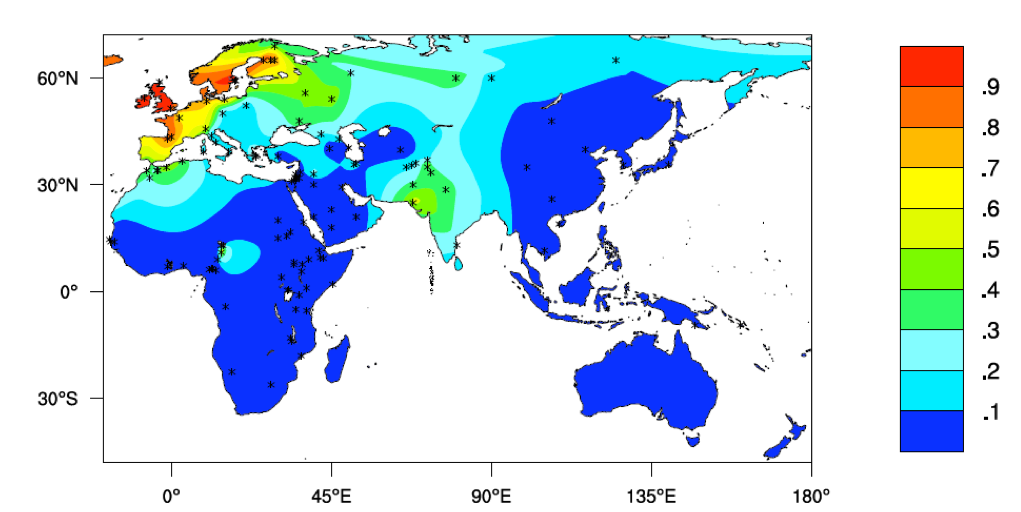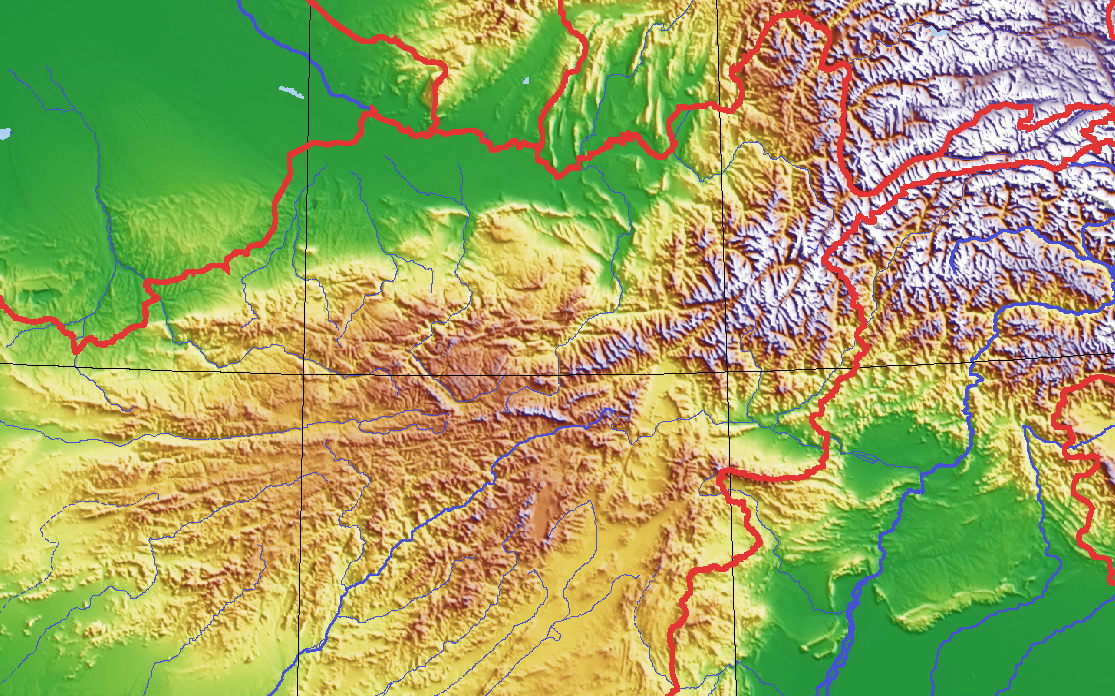So it would not be a stretch to show that the origin of wine might be of interest to the PIE R1b/R1a regional debate.There really are only 3 choices in my opinion for the word to have entered into PIE.
1) Proto-Kartvelian
2) Proto-Semitic
3) Proto-Indo-European
At the very minimum the word for wine can be placed within the above regions. Most scholarly articles I have read seem to point to Caucasus region in both cultivation and variety of grapes and archeologically dated wine resin found within pottery . If true, that would point to Proto-Kartvelian and Proto-Indo-European being together.The same cannot be said for Proto-Semitic. For example in the table for grapes/wine in the below cited Appendix of Pro-Semitic words, take note the word for wine is not universal within proto-semitic branches.
Akaddian
and Syriac
do not even have a word for wine.
Therefore we can logically deduce/conclude that the original Akkadians and Syriacs were not originally involved in the wine making process, using wild or cultivated grapes; perhaps dates?[how could you process something you do not have a name for?] Thereby eliminating their relation to PIE. The only other option would then be Hebrew, which also seems to fall short in relation to the Caucasus, of the origins of wine. I could only find one name in the Doctoral Thesis cited below which tries and show the origin of wine making within Hebrew context.
http://en.wiktionary.org/wiki/Appendix:List_of_Proto-Semitic_stems#cite_note-1
Full stop, you're making a lot of stretches here.
The word for "wine" used in the Indo-Iranic languages (including Sanskrit) is a reflex of PIE
*medhu-. The connotation for "alcoholic beverage" is attested in a number of other Indo-European branches (Celtic, Germanic, Greek), but there's no meaning of "wine" attested. We additionally have the attestations for a meaning as "honey" (attested in Slavic and Tocharian), so as LeBrok suggested, the original meaning as "mead" (fermented honey) seems to be the most likely original meaning.
In
all of the language families of northern Europe (Celtic, Germanic, Baltic, Slavic, as well as the obviously non-Indo-European Uralic languages), the word for "wine" is borrowed from Latin "vinum" (one can include Albanian "verë" in this group as well - although Albania is not located in northern Europe by any stretch). There is no reason to assume that any one of these IE branches inherited the word "wine" from Proto-Indo-European, which takes us back to the Mediterranean. Both the Latin ("vīnum") and Greek forms ("οινος" - earlier "ϝοινος") take us back to a common proto-form *woino-, which is unlikely to be inherited from Proto-Indo-European because its not attested anywhere else outside of loanwords.
Now with regard for the Semitic languages, you are making a completely wrong conclusion. The Hebrew word "jajin" exhibits the sound change *w- > *j- (which is why a Proto-Semitic form *w-j-n must be reconstructed - a triple root, which is very common for Proto-Semitic roots). This sound shift is not only found in Canaanite (including Hebrew and Phoenician), but also Ugaritic
and Aramaic (including Syriac). In my opinion, the word is
at least reconstructable for Northwest Semitic, because of its phonological history. Even if we say the word is borrowed from elsewhere, this is an
old borrowing, as Proto-Semitic itself was probably spoken during the Neolithic (Proto-Semitic is without a doubt older than PIE, and its parent language, Proto-Afroasiatic, may be the oldest -
uncontested - language family that we know of). Now we are left with Greek/Italic *woino- and Semitic *w-j-n, and while the Graeco-Italic form is not necessarily borrowed from Semitic, the two are clearly related: the Greeks certainly had contact with Semitic-speaking peoples (the Greek alphabet, after all, was borrowed from the Phoenician alphabet), and its also possible that one of the Pre-Greek ("Pelasgian", even though I despise the term) languages spoken in Greece was a Semitic language. Therefore, its plausible for the word "wine" to be a loanword, rather than an originally Indo-European word.
What are your thoughts on Indo-Iranian words for snow, winter, ice and the spread with R1a ? Many areas where their are elevated frequencies of R1a in India, have no snow or ice, unlike Europe. How did these words enter into vocabulary ?
I think it is very simple: Proto-Indo-Iranic did not originate in India (or the Iranian plateau, for that matter). People overlook often that there's a third branch - the Nuristani languages. In my opinion, the Hindukush region is a far more suitable place of origin for Proto-Indo-Iranic than the Iranian plateau or the Indus Valley region.









